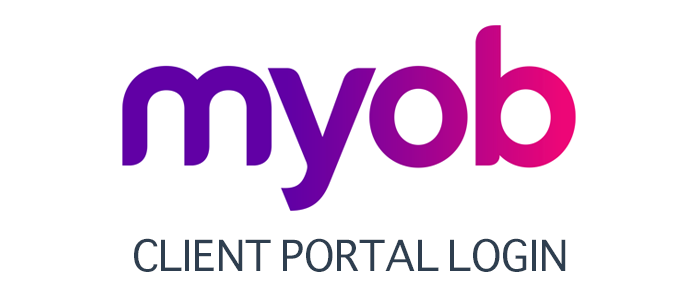Claiming the tax-free threshold: getting it right
If you’re an Australian resident for tax purposes, you don’t have to pay income tax on the first $18,200 you earn each year, from any source. This is called the “tax-free threshold”.

.
If you have more than one job, change employers during the year, have a sole trader side gig or get government payments, it’s important to think about the tax-free threshold and which employer, job or payment you’ll claim it for.
When starting a new job, your employer should ask you to complete a withholding declaration. To claim the tax-free threshold, you must be an Australian resident for tax purposes on the declaration and answer “yes” to the question “Do you want to claim the tax-free threshold from this payer?”. Where you answer “no”, tax will be withheld from all income from that payer.
The ATO advises claiming the tax-free threshold once from your “main” job and ensure that additional jobs, etc do not use the tax-free threshold rates. Avoid claiming the threshold from multiple payers simultaneously unless you’re sure you’ll earn less than $18,200 total for the year. Overclaiming might make your take-home pay higher each pay cycle but will likely mean a tax debt later.
When changing jobs you can claim the threshold from your new payer even if you have claimed it from your previous one.
If you’re earning income outside of employment (eg as a sole trader) you’ll need to pay tax yourself on that income. Consider setting aside a percentage for tax or use pay as you go (PAYG) instalments each time you are paid.
AcctWeb




